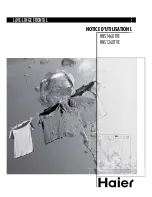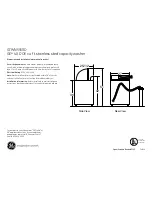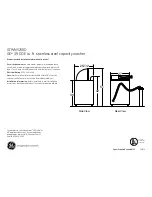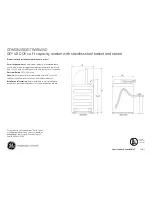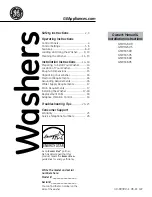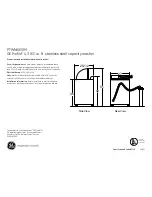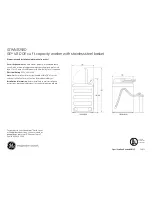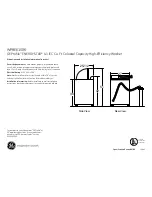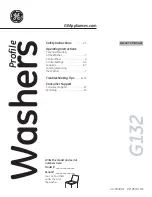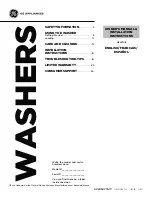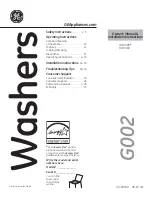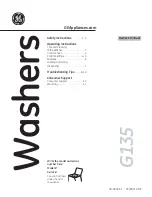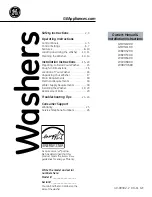
NL
laundry
■
Symbols on the care labels
■
Textiles that still contain
hairspray or similar substances.
m
Suitable for a normal
washing process;
e.g. Cotton v program A
gentle washing process is
required;
eg Crease resistance. O
program
An extra gentle washing
process is required;
e.g. Y Delicates/Silk
programme
Suitable for hand wash;
e.g. Í Wool h program Do not
machine wash.
Clues
■
Hand-washed textiles should be
washed with the correct spin speed
before drying
centrifuged.
Centrifuge at optimum speed before
drying. A spin speed of more than
1000 rpm is recommended for cotton,
more than 800 rpm for easy-care
textiles.
Do not iron the laundry immediately
after drying. It is recommended to roll
up the laundry first so that the residual
moisture is evenly distributed.
To get a good drying result, duvets,
terry cloth and other large items
should be dried separately.
Do not exceed the maximum load.
N
■
O
W
Ž
■
Preparing laundry for
drying
■
Note:
to obtain an even drying result,
sort the laundry according to:
the type of fabric
washing symbols on the care labels.
■
■
■
Starch
Only dry laundry that is labeled suitable
for a dryer or that has the following
washing symbols:
Note:
the laundry must not be treated
with fabric softener.
■
a : You can select
` : You can select
1.
Switch on the device.
2.
Select the program q
Intensive drying
p
Dry carefully
■
To rinse.
3.
Dispense starch into Compartment ©
according to the manufacturer's
instructions (clean first if
necessary).
The following textiles must not be dried:
■
b = washing symbol “not suitable for
dryer”
Delicate laundry (silk, synthetic
curtains).
Textiles containing foam rubber or
similar materials. Textiles treated with
flammable liquids, eg with stain
remover, petroleum, ether, thinners.
Danger of explosion!
4.
touch the
Start/Refill
button on.
■
Coloring/bleaching
■
Dyestuff should only be used in normal
household quantities. Salt can corrode
the stainless steel. Always follow the dye
manufacturer's instructions.
■
Use the device
not
to bleach clothes.
28































